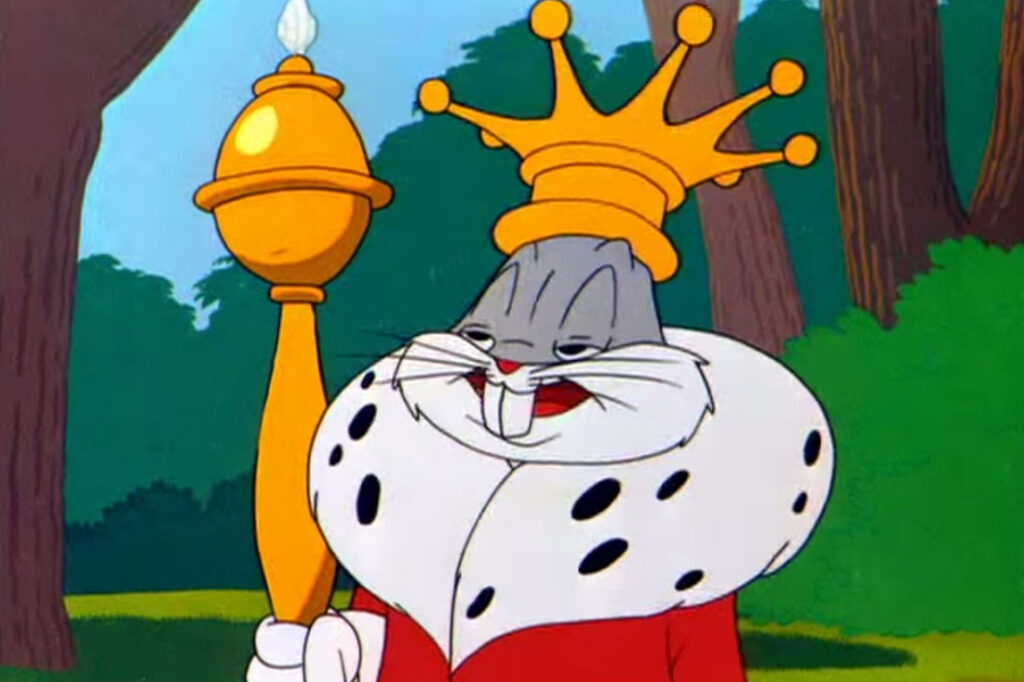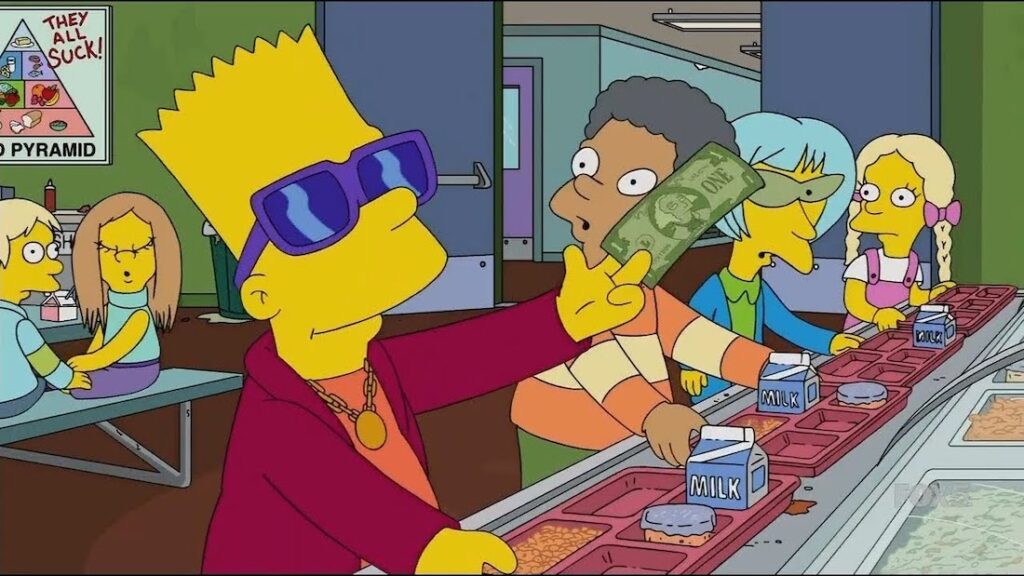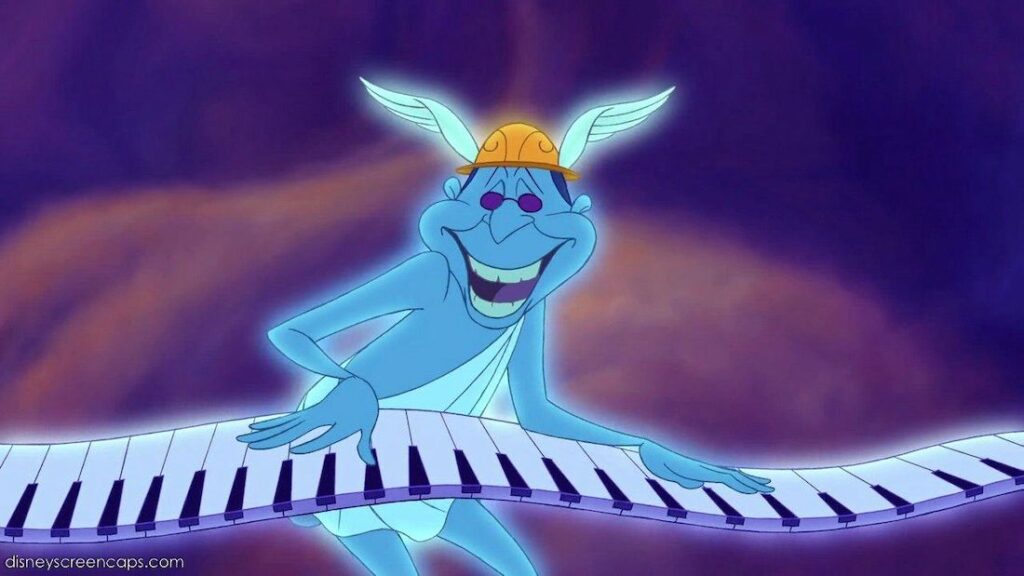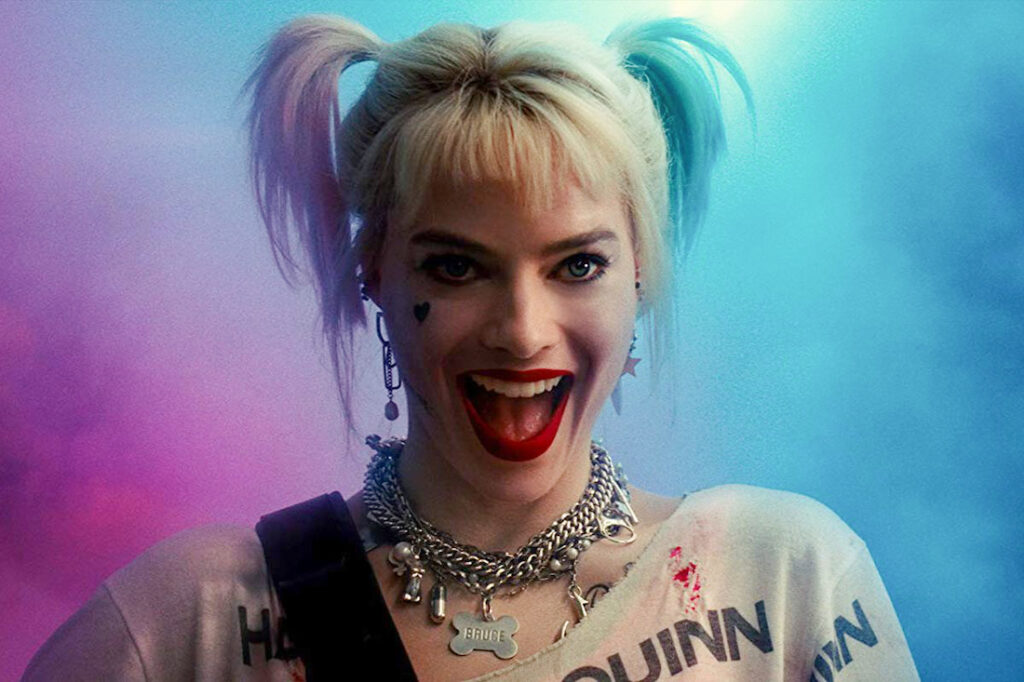Everyone loves a Trickster. They’re the perfect mixture of dastardly devils and loveable chaos agents. Just look at how Loki went from the antagonist of the 2012 film The Avengers to the named protagonist of his own series on Disney+. But of course, Tricksters have existed long before Marvel came along. Many cultures tell stories of the Trickster’s mischief.
We’ll get to those, but first…
What Are Archetypes?
Let’s begin with a Swiss psychiatrist named Carl Jung, who codified archetypes — “universal, inborn models of people, behaviors, and personalities that play a role in influencing human behavior.”
Jung believed that archetypes represent universal patterns and behavior of humans. While he believed there are no limits, his four main archetypes are:
- The persona (how we present ourselves to the world)
- The anima/animus (the “true self” rather than the image we present to the outside world)
- The shadow (the unconscious mind composed of repressed ideas, weaknesses, and instincts)
- The self (the unified unconsciousness consciousness of an individual).
These are very psychological — characters representing these archetypes will be subtly written. Usually, when referring to character archetypes, we start looking at how these four archetypes overlap or combine, combining recognizable characters in our stories such as the Hero, the Sage, the Lover, and, yes, the Trickster.

Bugs Bunny in ‘Looney Tunes’
What is a Trickster?
Tricksters are characters who, as their name suggests, love to play tricks — on other gods, on humans, even sometimes on animals. They are an archetype seen in many mythologies from different cultures around the world and they are growing in popularity in modern storytelling. Tricksters often change shape or gender, can cross boundaries such as those separating gods from mankind, and are many times depicted as a messenger.
Neither expressly good nor evil (though very generally irresponsible at best), Tricksters blur lines and push boundaries. They are creative liars, noted for their cleverness, and very often sew chaos before finding themselves tasting their own medicine.
Trickster stories include mischief and fun but also serve as a reminder to be inventive, creative, and flexible in our thinking.

Bart Simpson in ‘The Simpsons’
Tricksters in Literature and Mythology
Native American Tricksters
Native American stories are filled with stories of Tricksters, a lawless rebel who breaks social norms. They tend to be associated with animal spirits such as Coyote, Rabbit, or Raven, animals associated with cleverness. Almost always male, he is commonly deceitful, amoral, and hedonistic. His antics frequently backfire, revealing the structure of social behavior through lessons learned.
Trickster is also often portrayed as a cultural hero or part of creation stories; in some narratives, Trickster creates the Earth, steals tobacco from the gods, or tricks the white man.
Tricksters in Greek Mythology
Greek myths were filled with Tricksters, perhaps most notably Hermes, the winged messenger of the Olympians. Precocious from the moment of his birth, he invented the lyre and stole from Apollo on his first day of life. Hermes could cross into the Underworld, carry the souls of the dead, or lull creatures to sleep (perhaps before slaying them, such as “all-seeing Argus”).

Hermes in ‘Hercules’
Other Tricksters in Greek mythology took their capers too far and upset the gods, such as when Sisyphus attempted to cheat death and was sentenced to an eternity of rolling a boulder up a hill. They were celebrated for their craftiness at the mercy of the gods on Olympus — or they were punished if they crossed the wrong god.
Tricksters in Norse Mythology
In Norse Mythology, Loki is the cunning Trickster with the ability to change his shape and sex. In some myths, he fought alongside Odin and Thor; in others, he defied them and caused embarrassment or difficulty (for them or himself). Loki was a god of chaos — it would be unwise to pray to him and best to pray he stays away.
Throughout Scandinavian and Norse storytelling, Loki tends to be portrayed as mischievous and self-serving yet lovable and charming.
And of course, his popularity has sky-rocketed in pop culture as he has transcended ancient myths to the Marvel Cinematic Universe.

Loki in ‘Loki’
Tricksters in Pop Culture
A common thread for Tricksters is that they remain outside of the power structure of the story. Tricksters tend to resist the system; they are agents of change who shake up systems. Indeed, in the Disney+ series Loki, Loki steals a Tesseract and disrupts the “sacred timeline” — an order he continues to defy throughout the first season.
Sherlock Holmes is a great example of a Trickster. He is cunning, operates outside of the law while maintaining his own moral code, and deliberately misleads others for his own amusement.
One could argue that Harley Quinn has served as a Trickster, especially in her early roles as sidekick and love interest for the Joker. She was mischievous, clever, and operated outside of the law and according to her own whims. In Suicide Squad and her solo movie Birds of Prey: And the Fantabulous Emancipation of One Harley Quinn, she shifts to the protagonist, but certainly not a lawful one. Her cleverness and rebellious nature still show the foundations of a Trickster.

Harley Quinn in ‘Birds of Prey’
More Examples of Tricksters in Film and TV
Let’s take a look at some popular examples of tricksters in modern film and television:
- Loki (Marvel Cinematic Universe)
- Bart Simpson (The Simpsons)
- The Doctor (Doctor Who)
- River Song (Doctor Who)
- Q (Star Trek: The Next Generation)
- Bugs Bunny (Looney Tunes)
- Aang (Avatar: The Last Airbender)
- Deadpool (Deadpool)
- The Joker and The Riddler (Batman comics and films)
- Captain Jack Sparrow (Pirates of the Caribbean)
- Cheshire Cat (Alice in Wonderland)
- Fred and George Weasley (Harry Potter)
- The Grinch (How The Grinch Stole Christmas)
- Willy Wonka (Willy Wonka and the Chocolate Factory)
- Beetlejuice (Beetlejuice)
—
Tricksters by nature are amusing to watch. They are not fully evil and often find themselves teaming up with heroes for shenanigans, which is very entertaining. Their unpredictability makes for surprising storytelling and exciting twists.
If you haven’t thought about organizing your characters into archetypes, it could be a great way to distinguish them from one another, ignite your creativity, and even come up with someone iconic who will live on long past your screenplay.
Watch out for Tricksters, but certainly write them into your stories! Happy writing!
Read More: 99 Archetypes and Stock Characters Screenwriters Can Mold

CHECK OUT OUR PREPARATION NOTES SO YOU START YOUR STORY OFF ON THE RIGHT TRACK!
The post Character Archetypes: The Mischievous Mayhem of The Trickster appeared first on ScreenCraft.
Go to Source
Author: Shannon Corbeil

